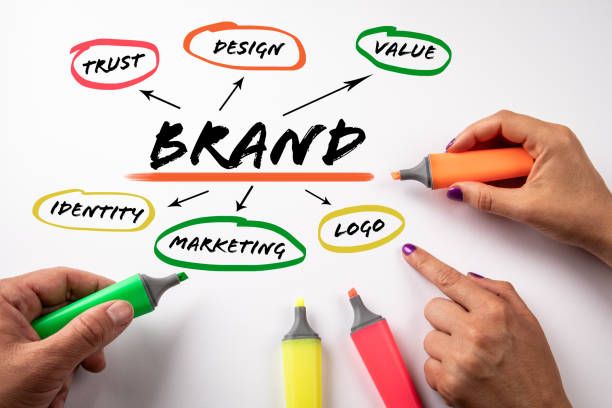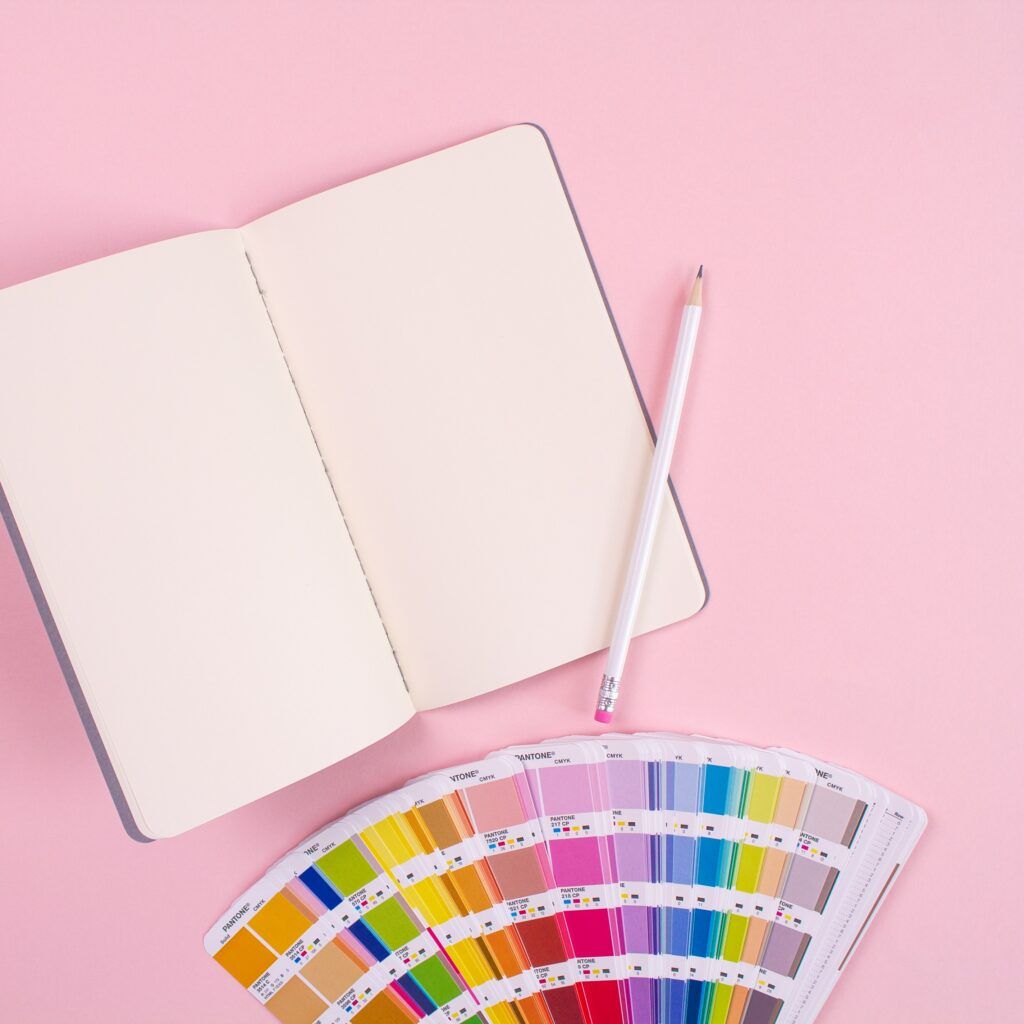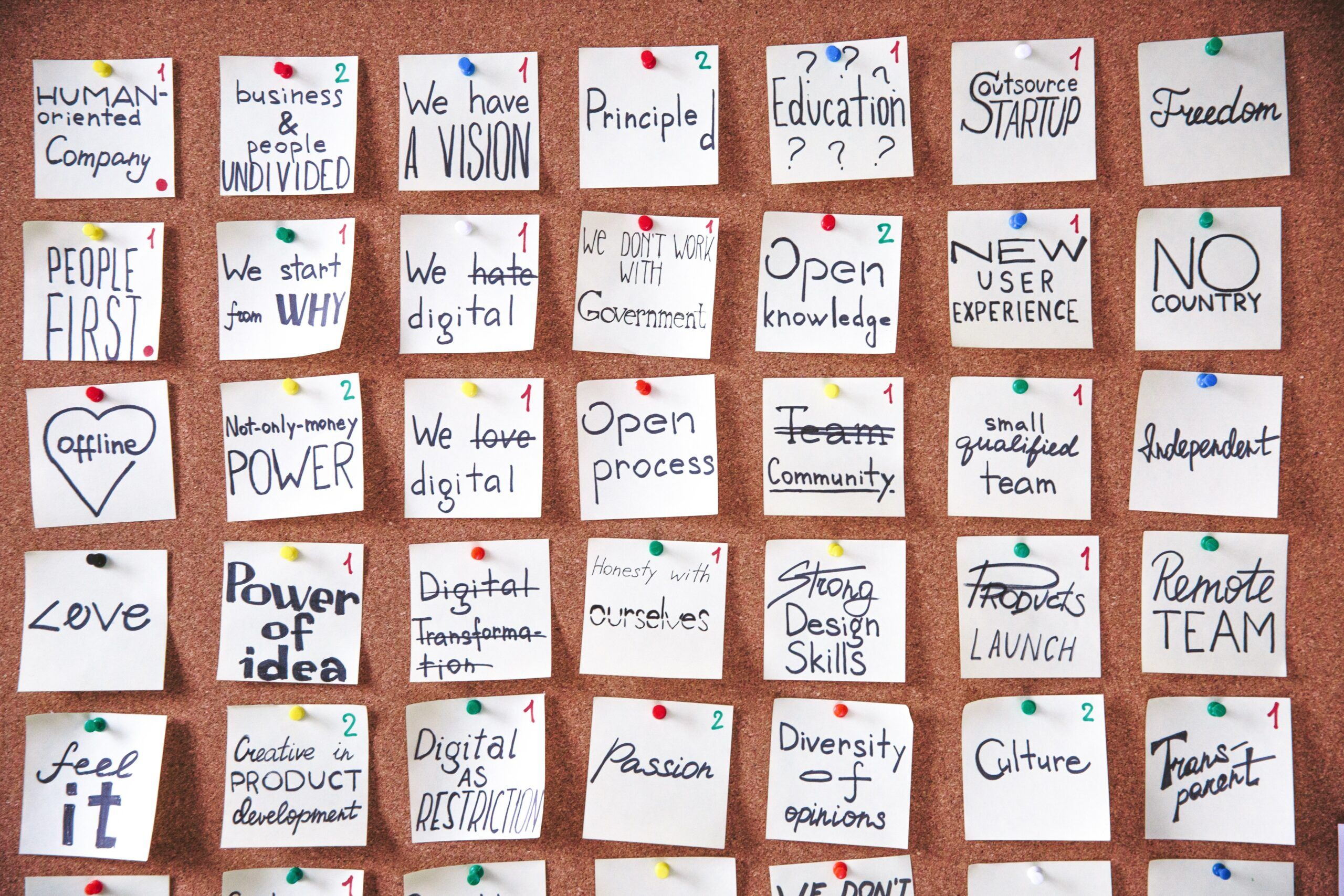Your website logo design is the face of your brand and it’s one of the first things that people will notice about your site. It’s important to choose a logo design that accurately reflects your brand and resonates with your target audience.
In this article, we’ll go over some key considerations to keep in mind as you choose the best logo design for your website.
Consider your brand identity.

Before you start designing your logo, it’s important to have a clear understanding of your brand identity. Your brand identity is the overall personality and character of your brand, and it should be reflected in your logo design. For example, if you’re a playful, kid-friendly brand, you might want to incorporate bright colors and fun, whimsical elements into your logo. On the other hand, if you’re a professional, sophisticated brand, you might want to use clean lines and a more minimalist design.
Choose the right color scheme.

The colors you use in your logo can have a big impact on how people perceive your brand. Different colors can evoke different emotions, so it’s important to choose a color scheme that aligns with your brand identity. For example, blue is often associated with trustworthiness and stability, while red is associated with energy and excitement. You should also consider how your logo will look on different backgrounds and in black and white, as it may appear in these formats at some point.
Select the right font.

The font you use in your logo can also play a role in how people perceive your brand. Like colors, different fonts can evoke different emotions and associations. For example, a more traditional font might be appropriate for a professional, conservative brand, while a more playful font might be more fitting for a fun, casual brand. It’s also important to choose a font that is legible and easy to read, especially if your logo will be used on small items like business cards or social media profile pictures.
Think about simplicity.

Simplicity is key when it comes to logo design. A logo that is too busy or cluttered can be confusing and hard to remember, while a simple, clean design is more likely to make a lasting impression. When designing your logo, try to use as few elements as possible, and avoid using too many colors or fonts.
Consider scalability.

Your logo will appear in a variety of contexts, from your website to social media profile pictures to print materials. It’s important to choose a design that will look good at a variety of sizes and resolutions. A logo that looks great on a large banner might not be as effective when shrunk down to fit on a business card, so it’s important to consider how your logo will look at different scales.
Make it unique.

It’s important to choose a logo design that sets your brand apart from the competition. While it can be tempting to borrow elements from other logos or trends, it’s important to create something that is truly unique to your brand. Your logo should be instantly recognizable and distinguishable from other logos in your industry.
Hire a professional designer.

While it’s possible to design your own logo, it can be helpful to work with a professional designer. A designer can bring a fresh perspective and professional expertise to the design process and can help ensure that your logo is high-quality and effective. Search for a designer who has experience in your industry and share your brand identity and target audience with them to guide the design process. Choosing the best logo design for your website involves considering your brand identity, color scheme, font, simplicity, scalability, and uniqueness.
By keeping these factors in mind, you can create a perfect logo for your website.



